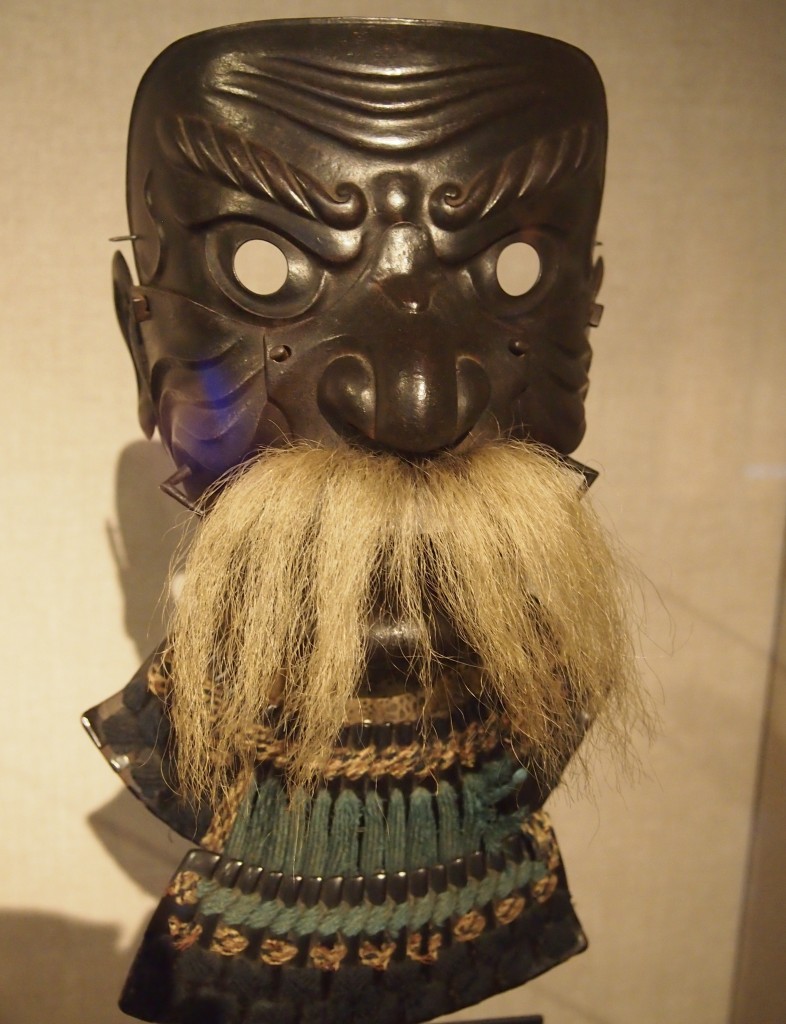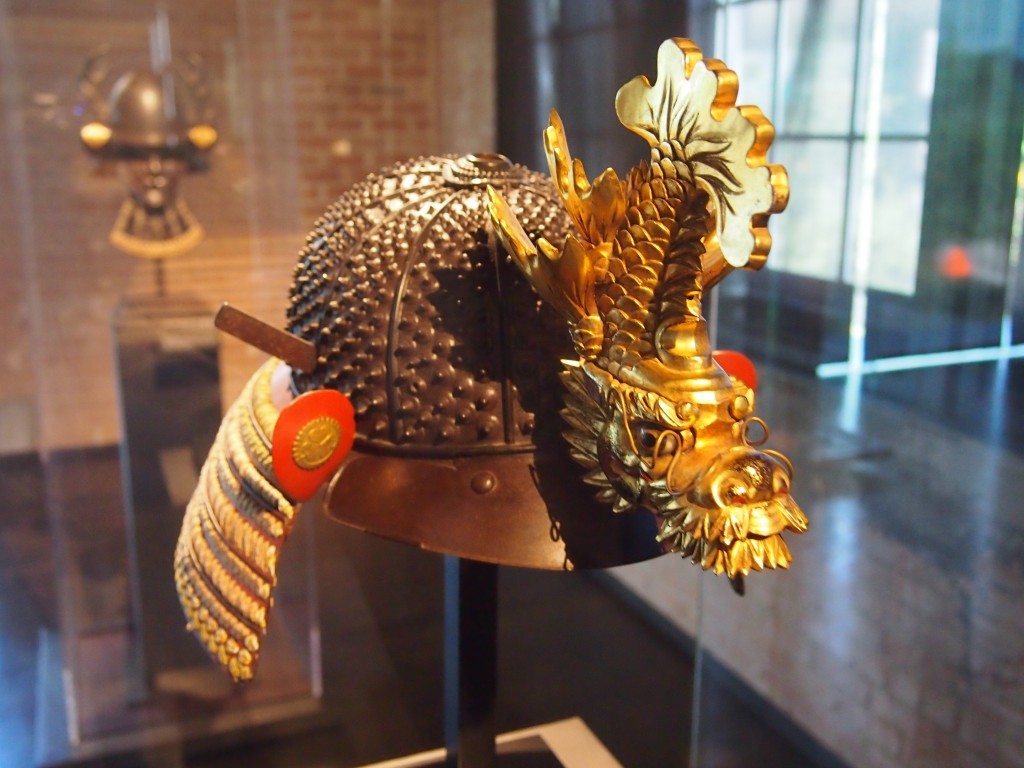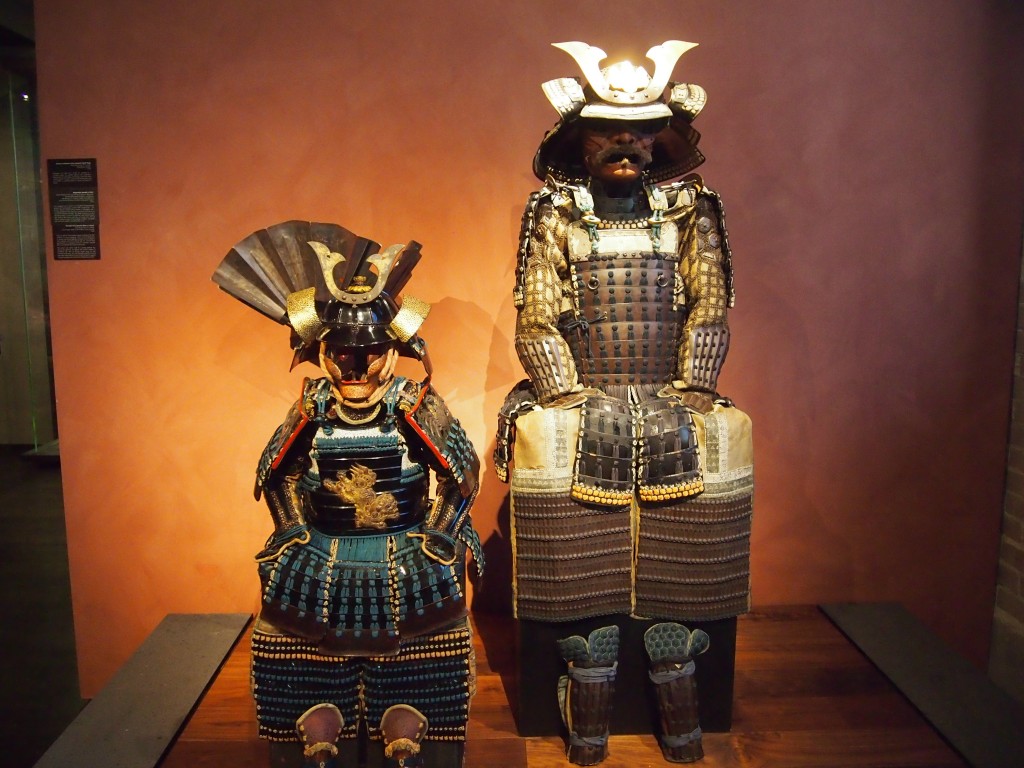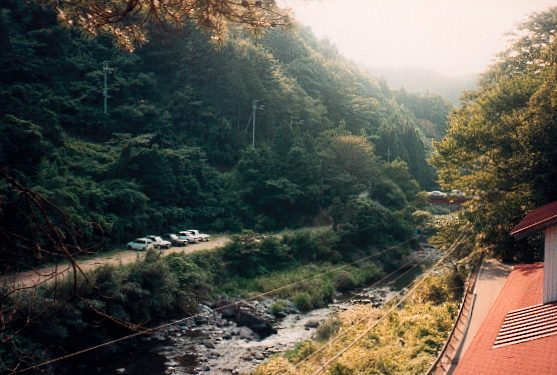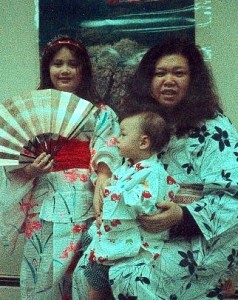In late October 1992, my friend Rich came to visit me in Japan, and one of the places we went was down to the southern shores of the Kii Peninsula, more-or-less south of Osaka, where we visited the cliffs of Osenkorogashi and Nachi falls. Unusually for Japan, the cliff was simply a cliff – no observation deck, no rail, just a drop off with a sign posted nearby. I could read, in red, the large hiragana for “DANGER” (ABUNAI) on the sign. The falls, on the other hand, were visible from a platform not far away. Impressive at 436 feet, and near an interesting Buddhist temple, Seiganto-ji.
I was looking all that up and got a lesson in how the Internet enables wandering minds like my own. How tall, I wondered, is that fall compared to some others I’ve seen? Though broad and impressive, Niagara Falls is only 167 feet high. Not sure anymore which of the Hawaiian falls I saw, and while all of them were very pretty, none seemed that high. The falls on the Athabasca River in Canada were powerful, but also not that high. What about Fall Creek Falls?
Fall Creek Falls is part of a Tennessee state park of the same name I visited about 30 years ago. It was a gorgeous place, with a picturesque fall – and at 256 feet, supposedly the highest “free-fall waterfall east of the Mississippi,” for what that’s worth. While reading the Wiki article, I noticed that part of Dr. Otto and the Riddle of the Gloom Beam (1986) was filmed at that park, while the rest was done in Nashville. If that movie doesn’t ring any bells, you’re having a normal reaction. It’s an early Jim Varney movie, and I must be one of the few people who paid money to see it. I went because the brother of an old friend of mine was a cameraman on the movie.
So I looked my friend’s brother up on the imdb. I knew he went to California in late ’80s to ply his trade, and sure enough he’s done a lot since then, including as an electrician and best boy on various movies and TV shows, few I’d ever heard of except The King of Queens. Glad to know that he’s been able to make a living at it.
Back to Japan. I don’t remember the name of this place, but it was a rocky shore on the Kii Peninsula, somewhere near those other sights. Flat slabs of rock jutted out into the Pacific, which crashed noisily against the rocks.
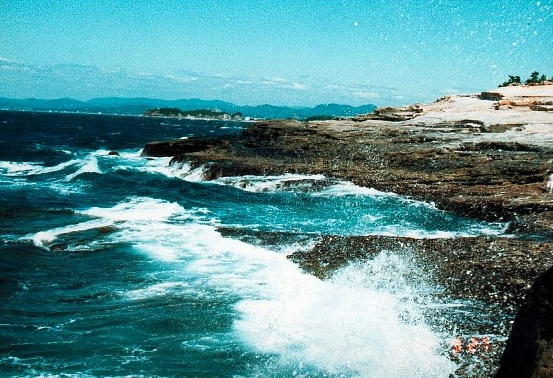 It was clear and warmer than it should have been for October. The wind was strong. Rich and I decided that all of the four elements were in play: Earth in the form of the rock, Water in the form of the ocean, Air in the form of the quick wind, and Fire in the form of the warm sunshine.
It was clear and warmer than it should have been for October. The wind was strong. Rich and I decided that all of the four elements were in play: Earth in the form of the rock, Water in the form of the ocean, Air in the form of the quick wind, and Fire in the form of the warm sunshine.
